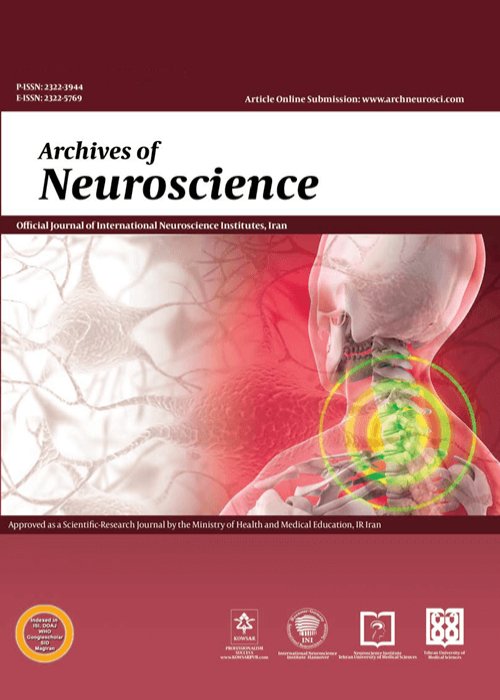An Institutional Experience with Microsurgical Clipping of 170 Consecutive Cases of Intracranial Aneurysms: A Retrospective Data Analysis of Personal Cases
Author(s):
Abstract:
Background
Due to advancements in technology, endovascular techniques (EVT) are considered a mainstay of treatment for intracranial aneurysms. However, for patients with anatomically complex aneurysms, associated intracranial hematomas requiring evacuation still need an open surgical clipping as the first line of treatment. Microsurgical clipping is an alternative for patients who cannot afford the high cost of EVT treatment.Objectives
This paper presents our experience in surgical clipping of symptomatic intracranial aneurysms performed in our hospital from Jan 2010 to Dec 2013 on 170 patients. Based on the data, this study recommends microsurgical clipping as a viable and cost effective option for symptomatic intracranial aneurysms.Patients and
Methods
This study was a retrospective analysis of case records of patients who had been treated for symptomatic intracranial aneurysms, including both ruptured and unruptured intracranial aneurysms, at Krishna institute of medical sciences from January 2010 to December 2013. A total of 230 patients, who had clinical and radiological evidence of symptomatic intracranial aneurysms, were admitted into the study. Of the total number of patients, 170 had been managed with microsurgical clipping. The patients demographics, the features of the aneurysms, clinical grades, cost effectiveness, and outcomes were analyzed. Excluded from the study were 60 patients who had been treated with the endovascular technique.Results
Of a total of 170 patients who underwent surgical clipping, 158 (93%) patients had an aneurysm in the anterior circulation and 12 (7%) in the posterior circulation. In the study group, 160 (94%) patients survived and 10 (6%) patients expired. One patient (0.58%) in the clipping group had a rebleed, and 4 (6.6%) patients from the coiling group eventually underwent clipping due to failed coiling. The average duration of hospital stay for the study group was 13 days and the cost for the treatment was Rs 2, 89, 238. The reasons for clipping in our patients were complex aneurysmal anatomy, difficulty accessing the aneurysm and MCA location in 60 (35%) patients, cost factor in 72 (42%) patients, non-availability of endovascular operator and hardware in 17 (10%) patients, associated hematoma requiring evacuation in 17 (10%) patients, and failure of the endovascular technique in 4 (2.5%) patients. Regarding outcomes, 83% of patients experienced a good outcome and 17% experienced a bad outcome.Conclusions
These observations suggested that microsurgical clipping is a viable and cost effective alternative in the management of intracranial aneurysms in this endovascular era.Keywords:
Language:
English
Published:
Archives of Neuroscience, Volume:3 Issue: 3, Jul 2016
Page:
2
magiran.com/p1582406
دانلود و مطالعه متن این مقاله با یکی از روشهای زیر امکان پذیر است:
اشتراک شخصی
با عضویت و پرداخت آنلاین حق اشتراک یکساله به مبلغ 1,390,000ريال میتوانید 70 عنوان مطلب دانلود کنید!
اشتراک سازمانی
به کتابخانه دانشگاه یا محل کار خود پیشنهاد کنید تا اشتراک سازمانی این پایگاه را برای دسترسی نامحدود همه کاربران به متن مطالب تهیه نمایند!
توجه!
- حق عضویت دریافتی صرف حمایت از نشریات عضو و نگهداری، تکمیل و توسعه مگیران میشود.
- پرداخت حق اشتراک و دانلود مقالات اجازه بازنشر آن در سایر رسانههای چاپی و دیجیتال را به کاربر نمیدهد.
دسترسی سراسری کاربران دانشگاه پیام نور!
اعضای هیئت علمی و دانشجویان دانشگاه پیام نور در سراسر کشور، در صورت ثبت نام با ایمیل دانشگاهی، تا پایان فروردین ماه 1403 به مقالات سایت دسترسی خواهند داشت!
In order to view content subscription is required
Personal subscription
Subscribe magiran.com for 70 € euros via PayPal and download 70 articles during a year.
Organization subscription
Please contact us to subscribe your university or library for unlimited access!


